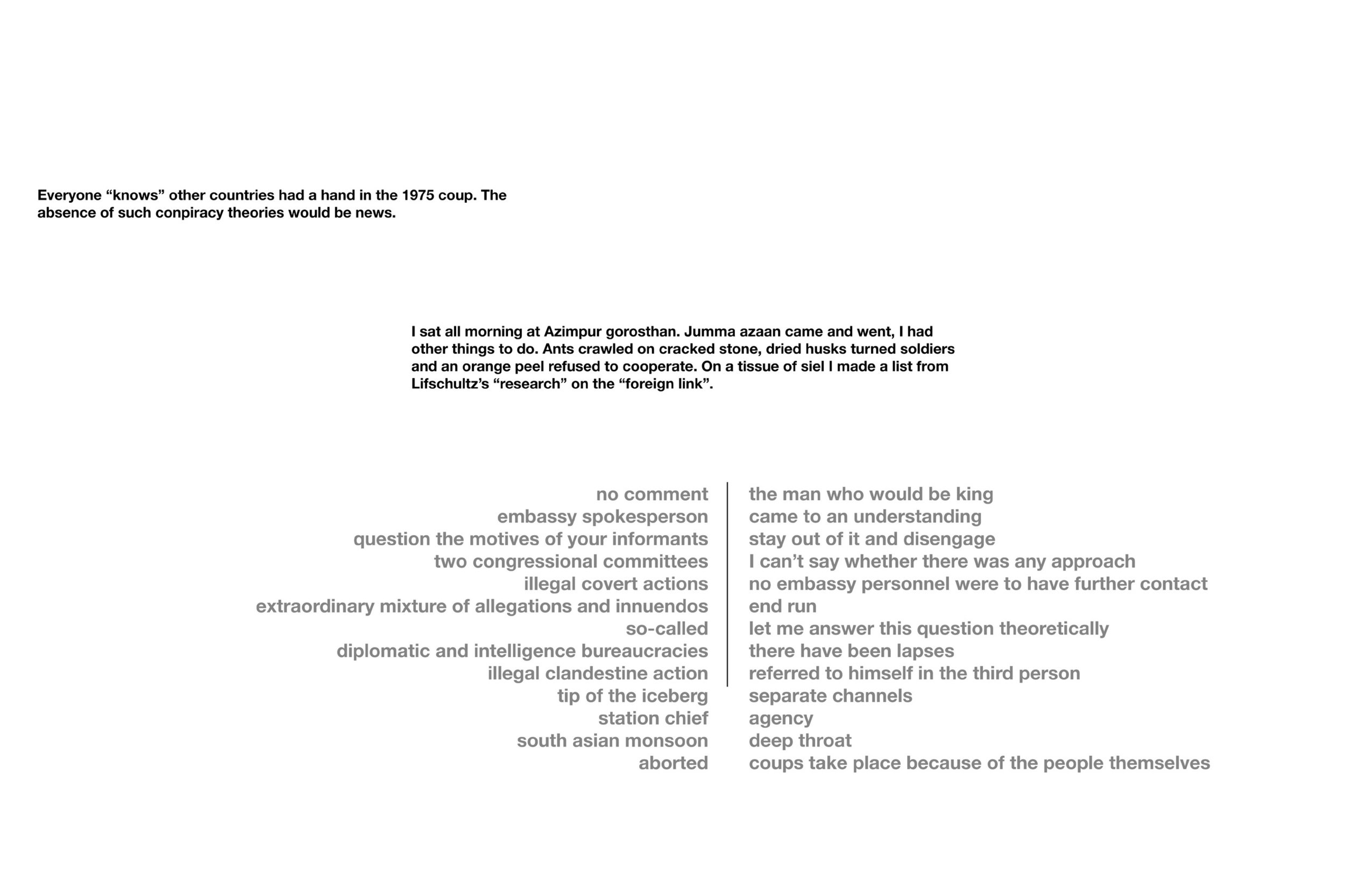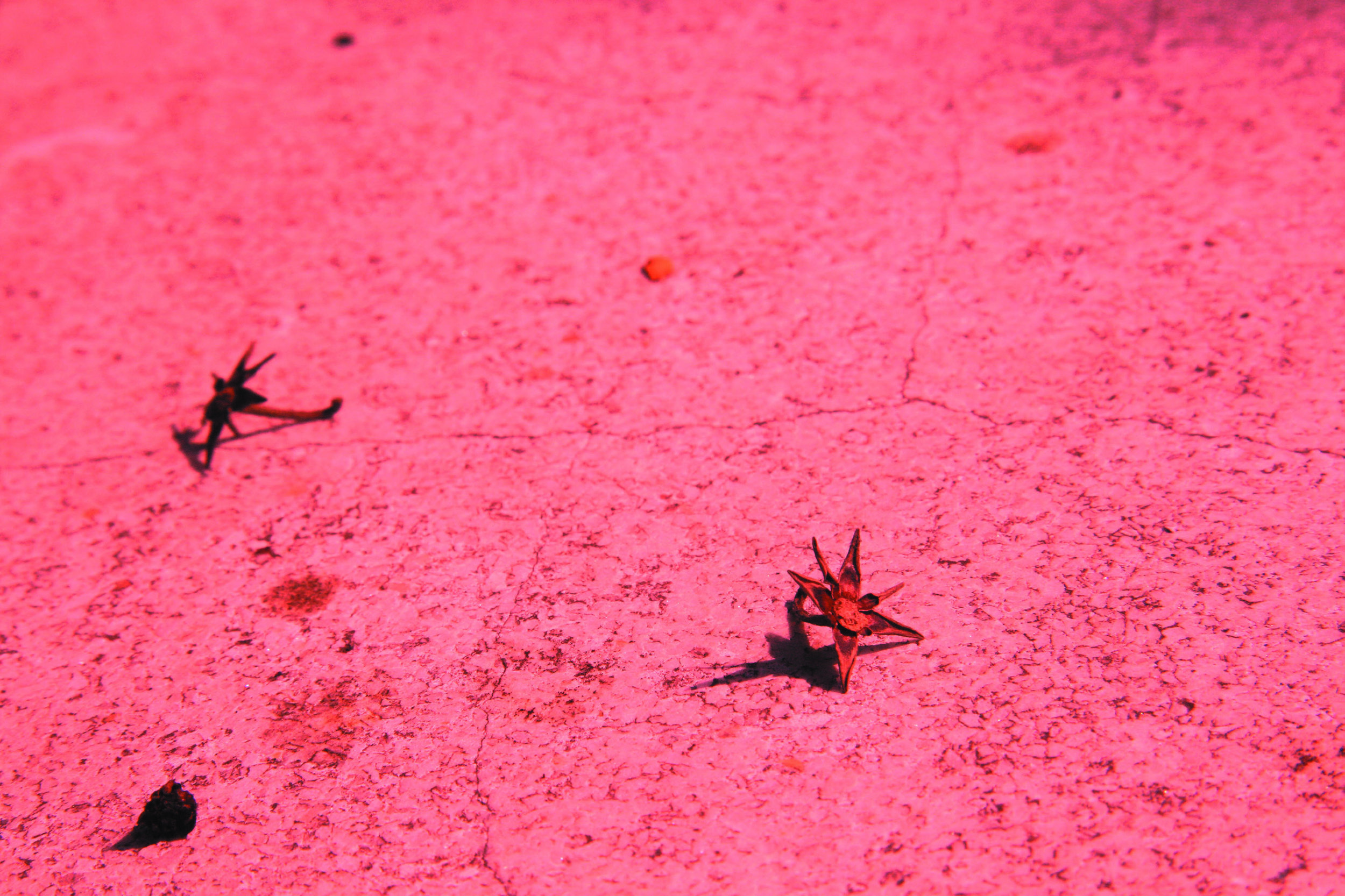Red Ant Motherchod, Meet Starfish Nation
Suite of 3 | Archival Print | 12 in x 18 in | 2009
Lawrence Lifschultz was expelled from Bangladesh for reporting on the Sepoy Bidroho (Soldiers Rebellion) trial. It was considered acceptable to investigate a potential CIA link to the first 1975 coup. That trail, after all, led “outside” the country – Libya or the United States. The Sepoy coup, however, was a very different matter. It was the influence of Mao Tse-Tung’s “Chinese line” among a group of rebel army soldiers, but the tactics and results were homegrown. Made in Bangladesh.
The full implications were frightening for senior army officers. The internal structure was the most extreme of pyramids. If hundreds of thousands of junior soldiers started believing it was acceptable to break into the armory, loot guns, and start shooting senior officers, there would be no end to the fighting. The army would be torn apart by many rebellions. Lifschultz’s sin was to have hinted at this possibility.
The worries proved justified. My friend, the Berlin-based architect, described General Zia as the man who restored order. But in fact, the military continued to be wracked by violence for another two years. The attempted mutiny at Dhaka airport in 1977, during the hijack of Japan Airlines, was the last major coup attempt. The mass hangings after that event broke the back of future rebels.
Until 1981. When Zia was assassinated in Chittagong.
Dhaka, Bangladesh: Contemporary Bangladesh Practices, Asiatic Society, 2008.



